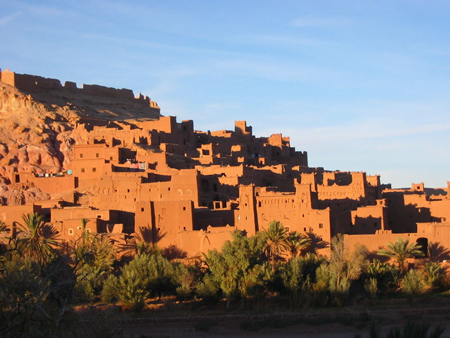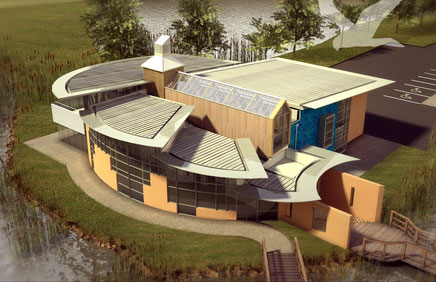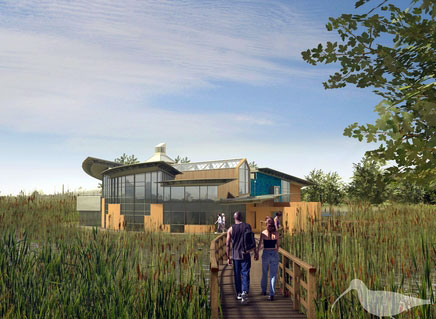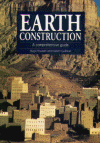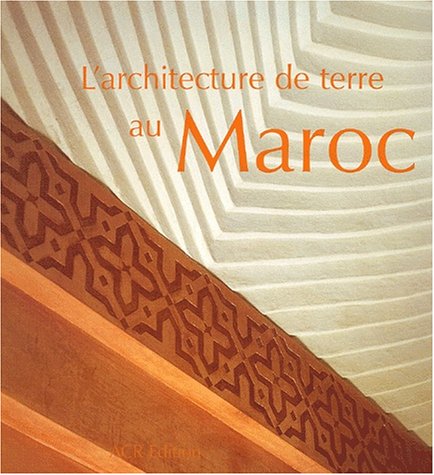
The Future of Mud: A Tale of Houses and Lives in Djenne, a new film by Susan Vogel and presented by the Musée National du Mali, is the story of Komusa, master mason and heir to the secrets of Djenne architecture. He hopes his son will continue the family profession and maintain their world heritage city – but Djenne is connected to a global world now, and competing ideas about the future have arrived. Documentary footage and staged scenes tell an intimate story of family tensions, contemporary building practices, and the precarious future of the renowned mud architecture of Mali.
Treehugger writes of the film:
A “collective connection to earthen architecture is best seen in the film’s footage of the annual re-plastering of the town’s pride, the Great Mosque, which is the world’s largest earth building, in addition to being a distinguished UNESCO World Heritage site. The first earthen structure here on this site dates back to the 13th century and is re-plastered every year. The day-long, annual festival is truly a communal affair, with plenty of foreign tourists gawking on and filming the orderly chaos.”

photo of the Great Mosque of Djenne by Ferdinand Reus
The Future of Mud: A Tale of Houses and Lives in Djenne
Co-Produced with Trevor Marchand and Samuel Sidibé.
Edited by Harry Kafka. Music by Issa Bagayogo. In Bamana, French, English with English subtitles. Color, 58 minutes. Distributed by FRIF.com. Available fall 2007.
